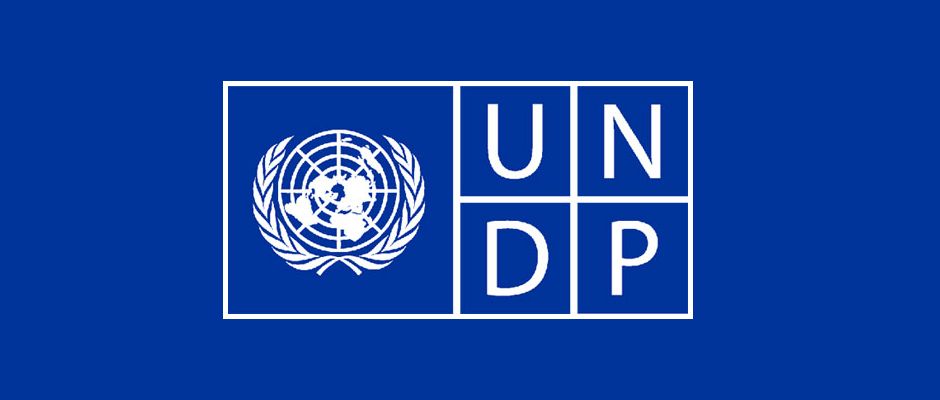
Seven years after Nepal replaced its unitary government with a three-tier federal system, its civil service is stuck in limbo. The fractious national government has been unable to agree on new federal civil service legislation called for in the 2015 constitution, and in this vacuum civil service reform has been stalled by contestation among competing interest groups. If the current impasse persists, federal governance reforms and service delivery are sure to suffer.
The Constitution of Nepal, Article 285, mandates that federal, provincial, and local governments have their own civil services and that governments at each level enact their own civil service laws. There is some ambiguity here, and the prospect that these laws could vary from jurisdiction to jurisdiction has made national leadership essential. The national parliament introduced the Federal Civil Service Bill in early 2019 but withdrew it in the face of opposition in late 2021. A revised bill is in the works, but it has been thwarted by a lack of consensus among the various stakeholders—subnational governments, political parties, civil service officials, and civil service trade unions.
As an interim arrangement, the national government enacted the 2019 Employee Adjustment Act, under which 97,128 existing civil service positions were reassigned (“adjusted”) to the new federal, provincial, and local civil services. In the absence of a national framework and subsidiary subnational laws, however, the functions and operating procedures of these adjusted staff have been unclear, and about 35 percent of the new positions in provincial and local civil services remain unfilled. The federal government is currently preoccupied with plans for national and provincial elections in November. This will surely delay the consensus-building process even further and prolong the civil service impasse.
So, let’s look at some of the challenges facing the civil service at this crucial juncture.
First, Nepal’s constitution calls for a restructured civil service, but it is ambiguous about the powers and responsibilities to be vested in each level. The legislative framework required for this restructuring has not been enacted, including the mechanisms needed to manage the transition, and this policy vacuum is frustrating government operations at every level. Without federal framework legislation, most provincial and local governments are hesitant to introduce their own, subsidiary civil service laws, due to uncertainty about matters such as intergovernmental transfers, promotions, and deputations. Even in cases where provincial and local governments have enacted legislation, it often hasn’t become operational due to the federal policy gap.
The hoped-for federal legislation would set key parameters for the federal civil service and provide basic standards for similar legislation at the provincial and local levels. This federal legislation is also supposed to establish mechanisms and procedures for horizontal and vertical cooperation among the three tiers of the civil service. In its absence, some provincial and local governments have begun to adopt civil service laws under their own interpretations of the constitutional mandate, leading to overlapping jurisdictions, legal conflicts, and confusion. Multiple complaints have been filed with the Supreme Court challenging the reassignment of civil service positions and the conflicts between federal and provincial laws. A Supreme Court verdict in January sternly ordered the federal government to enact the civil service law and directed the government to consider the legitimate interests of provincial and local governments and civil service trade unions.
Second, the tendency of the federal government to draft laws without the participation of relevant interest groups reflects the persistent centralizing inclinations of the country’s national political and administrative establishment. The Federal Civil Service Bill was apparently drafted without consulting provincial and local governments or employee trade unions. Since the bill’s withdrawal, the federal government has been working on a new version, but once again the principal stakeholders—the civil service trade unions and the provincial and local governments—are reportedly out of the loop. One of the civil service trade unions recently filed a right-to-information request demanding that the government share this information. This confusion reflects both the lack of transparency in these deliberations and the uncertainty that still hovers over federalism in Nepal.
Third, despite the constitution’s call for cooperation, coexistence, and collaboration, the civil service rules and practices of the three tiers of government are widely incompatible. A cursory comparison of the original Federal Civil Service Bill with some recent provincial civil service laws reveals serious conflicts. There is no clarity on such fundamental issues as intergovernmental coordination mechanisms, intergovernmental transfers, promotions, deputations, and the powers and governance of key administrative positions of the subnational governments. Left unresolved, these contradictions and uncertainties will lead to conflict, indecision, and impasse, and are likely to disincentivize the civil service at every level, damaging service delivery and discrediting federal reforms.
Finally, civil service reform has been confounded by clashing interests across the three tiers of government. There is growing mistrust between the federal and subnational governments, and little coordination. Provincial and local governments have called the federal lawmaking process exclusionary and characterized the original federal bill as overly prescriptive. They have begun enacting countervailing legislation to limit federal oversight within their spheres. In the absence of federal law and effective coordination between the federal and provincial governments, these jurisdictional battles will only increase. And without consensus among the many interested parties, the next iteration of the civil service bill is also likely to fail.
From the perspective of development partners, the complicated and uncertain state of civil service management and reform in Nepal is perplexing. The efficient use of international development resources and the results that can be expected from these investments hinge on timely civil service reform. As the federal bill is being revised, it’s time to push for evidence-based approaches that illuminate the real interests of the competing stakeholders. It is also essential to combat nontransparent policymaking based on individual or institutional power and preferences, which undermines the goals of the constitution.
This blog was originally posted on September 14, 2022, on the website of the Asia Foundation.
The blog was authored by Namit Wagley and Parshuram Upadhyay. Namit Wagley is deputy director of the Subnational Governance Program and Parshuram Upadhyay is senior governance advisor for The Asia Foundation in Nepal. The views and opinions expressed here are those of the authors, not those of The Asia Foundation.
Photo credit: 2007-12-0196. Used under Creative Commons license (CC BY 2.0).





